September 12, 2016
CoreNet Global 2016 summit to convene in Amsterdam this week 0
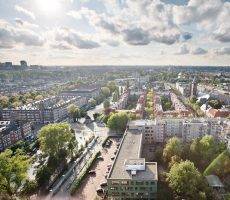 The Bigger Picture: Geopolitics, Economics and the Environment is the theme of this year’s CoreNet Global 2016 Summit – EMEA, (14-16 September). It will include sessions focusing on issues as diverse as Brexit, terrorism, disruptive technologies in real estate, the impact of geopolitics and economics on occupiers, sustainable buildings, the war for talent, and how the latest findings from neuroscience are contributing to workplace design. The summit, which is being held in Amsterdam, will host more than 500 registered delegates from 25 countries. Confirmed keynote speakers during the three day event include Mujtaba Rahman of the Eurasia Group, who will explore the current political and economic state of the EMEA region, and writer, businessman and futurologist Mark Stevenson, who will address the importance of agility and disruption. This year’s programme will also include a guided site tour of the Overhoeks mixed use development project. Registration details are available from the website.
The Bigger Picture: Geopolitics, Economics and the Environment is the theme of this year’s CoreNet Global 2016 Summit – EMEA, (14-16 September). It will include sessions focusing on issues as diverse as Brexit, terrorism, disruptive technologies in real estate, the impact of geopolitics and economics on occupiers, sustainable buildings, the war for talent, and how the latest findings from neuroscience are contributing to workplace design. The summit, which is being held in Amsterdam, will host more than 500 registered delegates from 25 countries. Confirmed keynote speakers during the three day event include Mujtaba Rahman of the Eurasia Group, who will explore the current political and economic state of the EMEA region, and writer, businessman and futurologist Mark Stevenson, who will address the importance of agility and disruption. This year’s programme will also include a guided site tour of the Overhoeks mixed use development project. Registration details are available from the website.




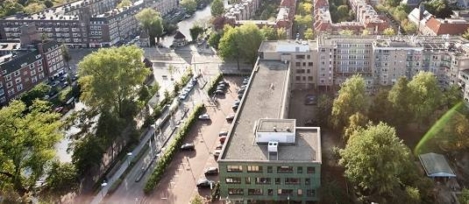













 Some may think this is a daft question. They’ll argue that of course people matter when we design workplaces. Granted, there are those for whom the human experience of the built environment is really important. They demonstrate this it in their attitudes and actions. However, based on some of the attitudes and actions I have observed over the years, I would suggest that the belief that people really matter when some designers design workplaces for them is quite frankly all too often skin deep. How do we know this? And if we accept that it is true, it then begs the secondary question of why this should be the case. Is it entirely our fault? What might we do to address the issues? In part, we know that people haven’t really mattered enough in design because of mistakes of the past. Meanwhile, society is facing many pressing challenges, ranging from health to housing, work to economy and climate change to resource depletion.
Some may think this is a daft question. They’ll argue that of course people matter when we design workplaces. Granted, there are those for whom the human experience of the built environment is really important. They demonstrate this it in their attitudes and actions. However, based on some of the attitudes and actions I have observed over the years, I would suggest that the belief that people really matter when some designers design workplaces for them is quite frankly all too often skin deep. How do we know this? And if we accept that it is true, it then begs the secondary question of why this should be the case. Is it entirely our fault? What might we do to address the issues? In part, we know that people haven’t really mattered enough in design because of mistakes of the past. Meanwhile, society is facing many pressing challenges, ranging from health to housing, work to economy and climate change to resource depletion.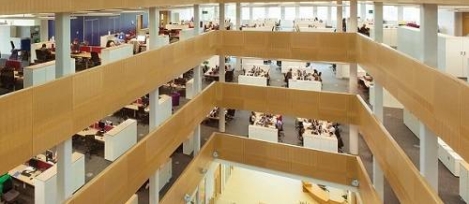
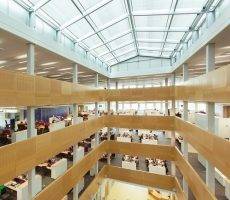
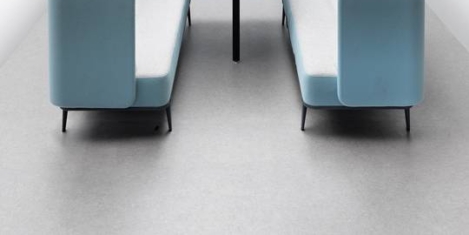
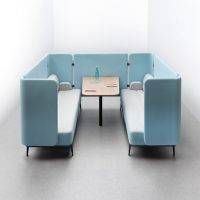 A skim through workplace features in the media and you’d be forgiven for thinking that the traditional office is no longer with us. According to the narrative, we’re all now 20-somethings, working in open-plan warehouses, with table football, bean bags and comfy sofas to lounge on, while drinking our custom-made soya lattes. When in actual fact, while more relaxed, fun and funky offices tend to make the headlines, the majority of people still work in a relatively traditional way, with their PC or laptop, a desk and an ergonomic task chair. What’s more, with an ageing workforce, we certainly aren’t all 20-somethings, with DWP (Department of Work and Pensions) figures revealing that the employment rate for people aged 50 to 64 has risen by 14 per cent in the last 30 years, and doubled for over 65s. So designing with just the youngsters in mind simply doesn’t add up. Recent research by the Senator Group, backs up this view.
A skim through workplace features in the media and you’d be forgiven for thinking that the traditional office is no longer with us. According to the narrative, we’re all now 20-somethings, working in open-plan warehouses, with table football, bean bags and comfy sofas to lounge on, while drinking our custom-made soya lattes. When in actual fact, while more relaxed, fun and funky offices tend to make the headlines, the majority of people still work in a relatively traditional way, with their PC or laptop, a desk and an ergonomic task chair. What’s more, with an ageing workforce, we certainly aren’t all 20-somethings, with DWP (Department of Work and Pensions) figures revealing that the employment rate for people aged 50 to 64 has risen by 14 per cent in the last 30 years, and doubled for over 65s. So designing with just the youngsters in mind simply doesn’t add up. Recent research by the Senator Group, backs up this view.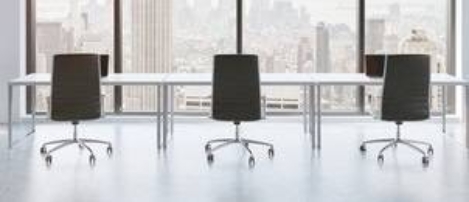
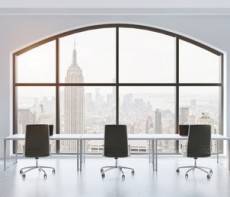 The corporate real estate profession will be influenced, disrupted and transformed in the years ahead by a powerful combination of forces that are re-shaping business strategy and operations, consumer preferences, and how and where people want to live and work, according to a new report from CoreNet Global.
The corporate real estate profession will be influenced, disrupted and transformed in the years ahead by a powerful combination of forces that are re-shaping business strategy and operations, consumer preferences, and how and where people want to live and work, according to a new report from CoreNet Global. 














September 10, 2016
Home working myths + Millennial’s needs + Global sustainability 0
by Sara Bean • Comment, Facilities management, Flexible working, Newsletter, Property, Workplace, Workplace design